Yalda Night Traditions A Celebration of Heritage and Joy
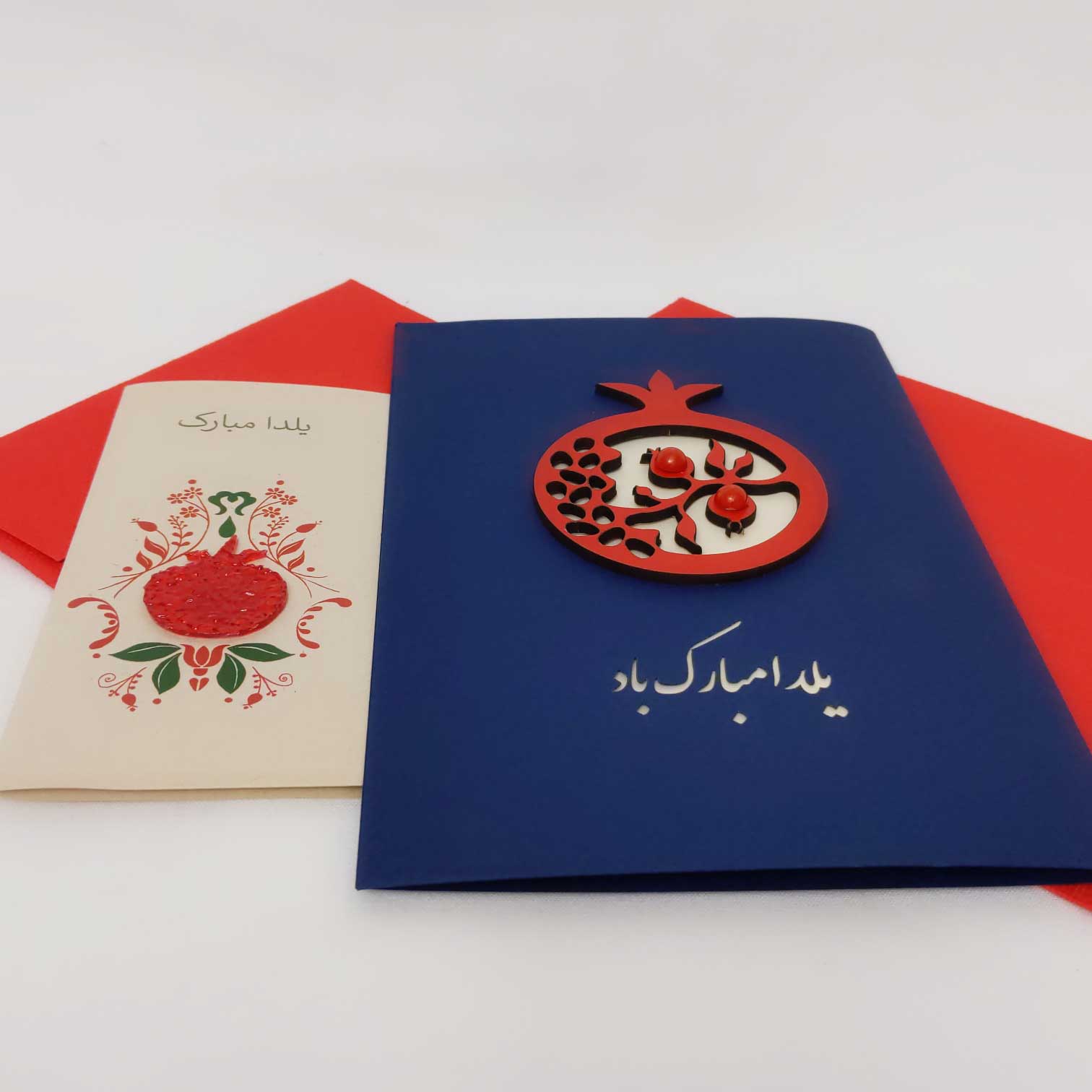
Yalda Night, a festival deeply rooted in Persian culture, marks the longest night of the year. This ancient tradition, celebrated on the eve of the winter solstice, symbolizes the triumph of light over darkness, a concept revered in many cultures around the world. The festivities are a vibrant tapestry of color, taste, and community spirit, reflecting Iran’s rich cultural heritage.
Special customs of Yalda night from the past to the present
One of the most important nights of ancient Iran is Yalda night, which has been considered important by Iranians for a long time until today. To this day, not only has its value not diminished, but it has found a very special place among Iranians.
The customs of our country on Yalda Night Collection are different from other countries. Today, we want to tell you everything related to this dear and special night in the section of wet culture and Persian art, dear users.
Yalda Night is the longest night of the year, which is related to the time between sunset from December 20, the last day of autumn to sunrise on January 1, the first day of winter, which coincides with the winter solstice in the Northern Hemisphere. The night gets shorter and the day gets longer.
The reason for naming Yalda night
Yalda is derived from a Syriac word meaning birth. Syriac has been the common language of Christians, which has been obtained from research and study in the history Persian books of dictionaries.
The word Yalda is not exactly known how and when it entered the Persian language. They do Iran and due to the proximity of cultures, this Syriac word finds its way into Persian
The Significance of Yalda
The term “Yalda” embodies the concept of birth or genesis. In ancient Iran, it was believed that the day after Yalda Night, marking the start of winter, heralded longer days and increasing sunlight. This transition from autumn to winter was revered as the “Sun’s birthday,” symbolizing the arrival of Mithra, the deity of light. The tenth month in the solar calendar was named “Dey,” reflecting the sun’s rejuvenation.
Yalda A Historical Perspective
Yalda Night’s celebration is steeped in antiquity. Agricultural communities recognized the importance of aligning their routines with the sun’s movements and seasonal shifts. They noticed the variation in day lengths across seasons and optimized their activities to utilize the extended daylight. They identified the last day of autumn as the year’s shortest, followed by progressively longer days. This led to the designation of the longest night as the “Sun’s birth-night,” a symbol of light’s triumph over darkness. This concept evolved into a metaphorical battle between light (goodness) and darkness (evil).
Yalda Night’s Festive Table
Across Iran’s cities, Yalda Night tables vary but commonly feature nuts, watermelons, pomegranates, and sweets, symbolizing prosperity, health, and joy. The red color of watermelons and pomegranates represents the sun. Nutritious nuts and local sweetmeats, along with tea, enhance the celebration’s cheerfulness.
Cultural Elements of Yalda
The Divan-e-Hafez and Shahnameh are central to Yalda celebrations. Divan-e-Hafez, a revered Farsi poetry collection by Hafez, plays a crucial role in “Faal-e-Hafez,” a fortune-telling tradition. Participants make a wish and interpret a randomly selected poem as a prophecy. Shahnameh, Ferdowsi’s compilation of ancient Iranian myths and legends, is also a key element of the night.
Yalda Night Rituals
In the days leading up to Yalda Night, a festive atmosphere envelops Iranian cities and villages. People prepare by purchasing fruits and nuts, anticipating a night of warmth and unity. Families gather around the “Korsi,” a heated table, under a traditional blanket, sharing stories and reading poetry. The Korsi, adorned with a copper tray holding a lantern, a Samovar, fruits, and nuts, fosters a convivial environment. This night is also marked by storytelling and fortune-telling by elders, using Shahnameh and Divan-e-Hafez.
yalda’s Broader Influence
Yalda Night, though traditionally celebrated in Iran, also finds resonance in neighboring countries like Afghanistan, Pakistan, and Tajikistan, where the longest night of the year is similarly observed.
Celebrating Yalda
A Fusion of Ancient Rituals and Modern Joy
The celebration of Yalda is an amalgamation of ancient rituals and modern practices. Families and friends gather to spend the night together, sharing stories, poetry, and traditional music. The night is alive with laughter, conversation, and a sense of togetherness, as people unite to mark the passage of the longest night.
The History of Yalda
A Journey Through Time
The history of Yalda Night dates back to ancient times, deeply intertwined with Zoroastrian traditions. This historic celebration has evolved over centuries, adapting to the changing times while preserving its core essence. Understanding the history of Yalda provides a window into the cultural and spiritual identity of Iran and its people.
Shabe Yalda 2023
Yalda Night, also known as Shabe Yalda, is an ancient festival celebrated on the longest night of the year, typically falling on December 20th or 21st. This Persian tradition, deeply rooted in Zoroastrianism, marks the victory of light over darkness and the renewal of the Sun. In 2023, Yalda Night promises to be a vibrant blend of modern festivity and age-old customs, as families and communities come together to welcome the winter solstice.
An overview of the history of Yalda
As you know, the history and background of Yalda date back to ancient times, but it is not clear when exactly its date belongs. Many archaeologists proposed the date of Yalda night seven thousand years ago. persian Pottery has been cited since prehistoric times because animal motifs from Persian moons such as scorpions and rams have been hacked into these vessels. You can also observe the ritual related to Yalda night.
With all these interpretations, what is known as the night of Yalda dates back to 500 BC, and its date of entry into the official calendar of the ancient Iranians dates back to the time of Darius I, a calendar that includes the Egyptian and Babylonian calendars.
Traditions and rituals of Iranians on the night of Yalda
We knew that the last night of autumn, which is the longest and darkest night of the year, with the name of Yalda night, has gained a special place among Iranians, and the people of Iran will celebrate this long night together until dawn with all kinds of fun programs. They live happily so that the darkness and coldness and sorrow of the absence of the sun do not weaken their souls, and they go to bed easily with a bright sky.
According to ancient traditions in the ancient religion, on the first day of January, the Persian kings laid down the royal throne went to the desert in white clothes, and sat on the white Persian carpet. The guards and gatekeepers of the royal palace and all the servants and enslaved people in The city were liberated and they lived like everyone else, and they were all in the same place, whether the chief or the king or the common people. Of course, the truth of this statement has not been proven, which may not be just a myth.
Yalda celebration is celebrated today by Iranians with relatives and families spending the night together so that family members gather on this important night and the elderly members of the family begin to tell ancient stories that eating watermelon, nuts, Persian pomegranate, and sweets. And different fruits are symbolic aspects of this dear night. Most of these fruits have many seeds and are considered a kind of contagious magic that human beings increase their fertility by resorting to their blessing. And watermelon and pomegranate are thought to represent the sun at night because of their red color.
Lighting a fire in Yalda
Since lighting a fire was a symbol of light and the sun in the eyes of the ancients, and some also knew it to remove the darkness and evil of the devil, so to escape the darkness and the forces of the devil, they lit a fire to create a warm circle together.
Storytelling and storytelling on Yalda
On the night of Yalda, families gather together and listen to the poetry and storytelling of the elders and elders. Unreal and small stories whose heroes are fairies, demons, and animals, and surely every child will hear them. It is pleasant and attractive.Depending on the culture of each city or province, stories related to themselves are narrated. For example, the story of Hussein Kurd Shabestari is common among Azerbaijanis and the stories of Shahnameh are common among Khorasanians.
Hafez’s fortune-telling and Shahnameh’s reading on Yalda night
Reading Shahnameh and divination of Hafez on Yalda nights is another entertainment for Iranians and it has been customary for a long time that if the intention is to cast a spell on Hafez, the speaker of the parliament, who is supposed to speak, asks him to say this sentence. He should repeat to himself: O Hafez Shirazi, you are the discoverer of every secret, I want a fortune. Comment on me…
And then open the court and recite the sonnet on the top right because the answer is divination. If they encounter the middle of the sonnet, the horoscope should be recited from the beginning of the sonnet, ie the back page. Positive content came out of the water, meaning a good omen, but if it was negative, it means it is bad.
Also, reading Shahnameh is one of the most inseparable programs of Yalda night, which has been common for a long time. There is a great chance that you have such a person in your family.
The Significance of the Color Red in Yalda Celebrations
One of the most striking aspects of Yalda Night is the prominence of the color red. This color, symbolizing life and vitality, is a central theme in the decorations and attire during the celebration. The use of red in Yalda not only adds to the visual splendor but also holds deep symbolic meaning, representing the dawn of a new day and the warmth of life.
Yalda Night Food
A Feast for the Senses
No celebration of Yalda would be complete without the array of traditional foods that are served. The night is characterized by an abundance of fruits, particularly pomegranates and watermelons, symbolizing the sun and the glow of life. The culinary spread also includes a variety of nuts, dried fruits, and traditional Persian dishes, making Yalda a true feast for the senses.
Conclusion
Yalda Night is not just a celebration; it’s a testament to the enduring spirit and rich culture of Iran. This festival, with its deep-rooted traditions and vibrant customs, continues to captivate hearts and foster a sense of unity and joy among those who celebrate it. The customs of Yalda Night, from the colorful decorations to the delicious feasts, all contribute to a celebration that is both meaningful and joyous, reflecting the rich tapestry of Iranian culture and heritage.
Yalda Night Table
Each item on the Yalda table holds symbolic significance. Pomegranates, with their crimson seeds, represent life and fertility, while watermelons are believed to ensure the health and well-being of family members during the cold season. Nuts and dried fruits are reminders of the abundance of summer, and sweets symbolize the sweetness of life.
Yalda Traditions
Yalda traditions vary across different regions but share common themes of unity, gratitude, and hope. Poetry reading, particularly of the Persian poet Hafez, is a beloved tradition, as families gather around to read and interpret his mystic verses. Storytelling, games, and music are also integral parts of the celebration, creating a tapestry of cultural practices that enrich the night.
Yalda Night Gifts
Exchanging gifts is a heartwarming aspect of Yalda. These gifts, often handmade or thoughtfully chosen, are a way of expressing love, respect, and good wishes for the upcoming year. Whether it’s a book of poetry, a handcrafted item, or a simple token of affection, these gifts add a personal touch to the night’s festivities.

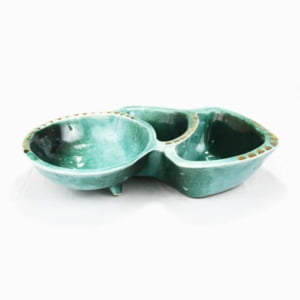 Handmade Pottery Dip Bowls
Handmade Pottery Dip Bowls 




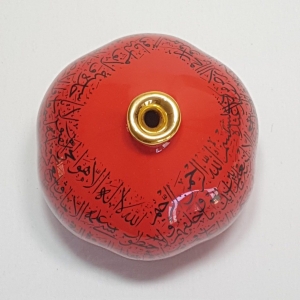
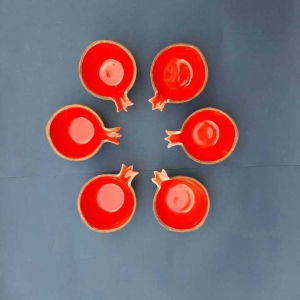
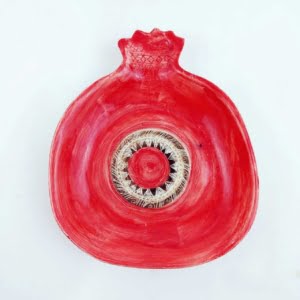
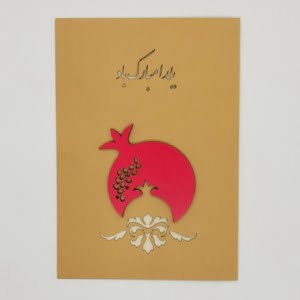
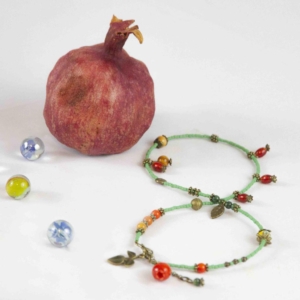
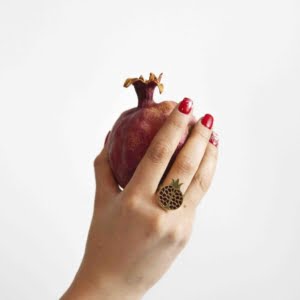
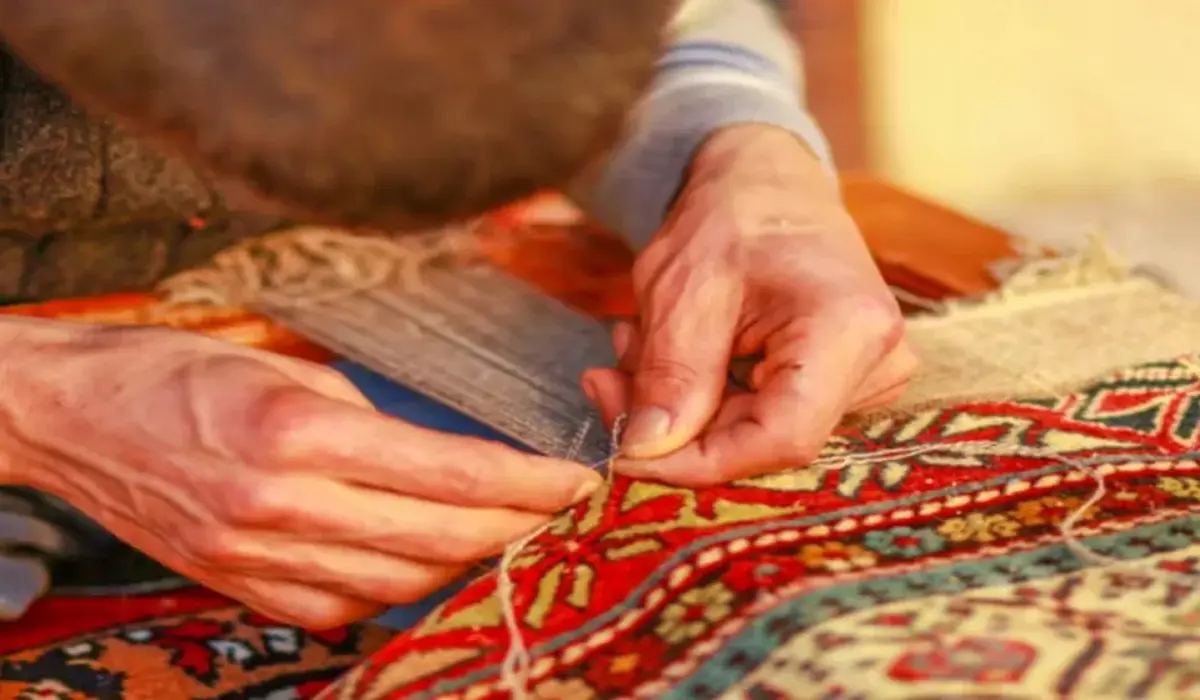
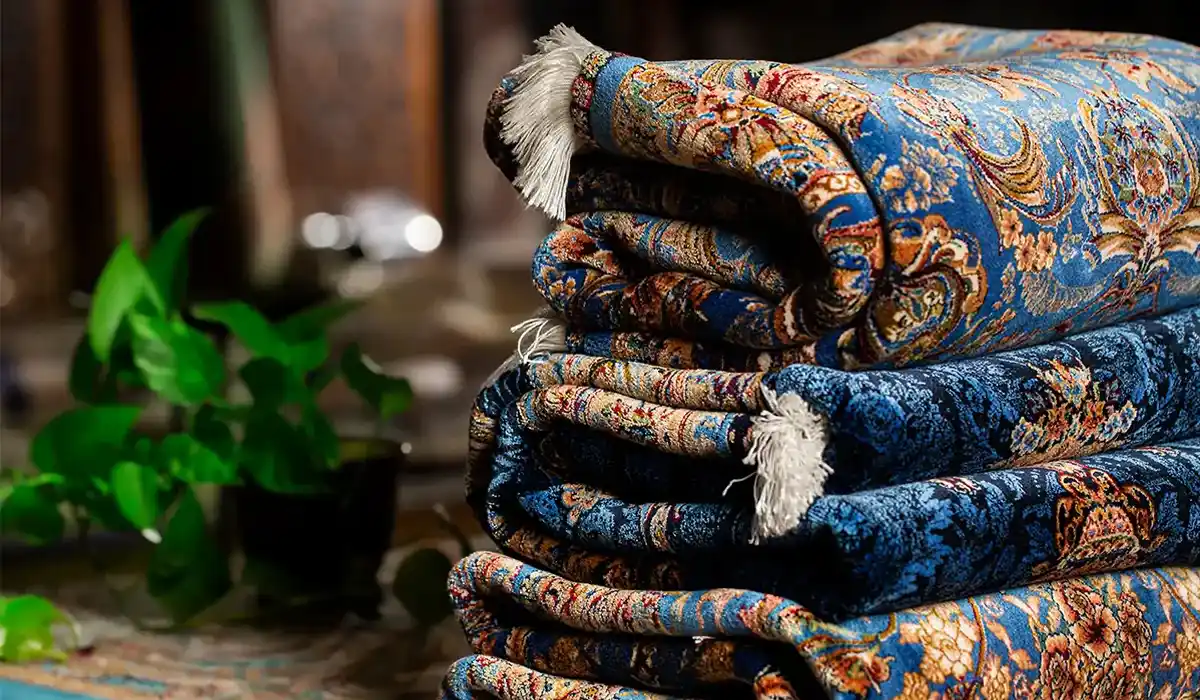
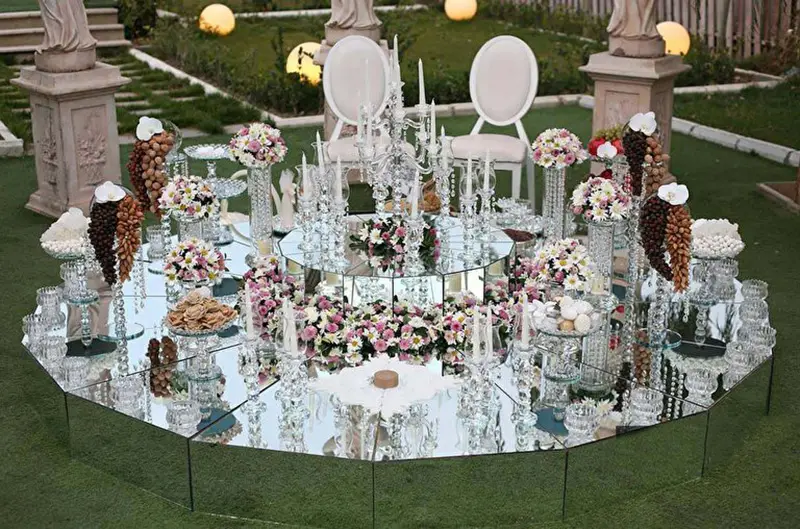
Comments